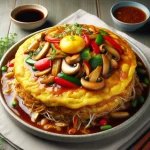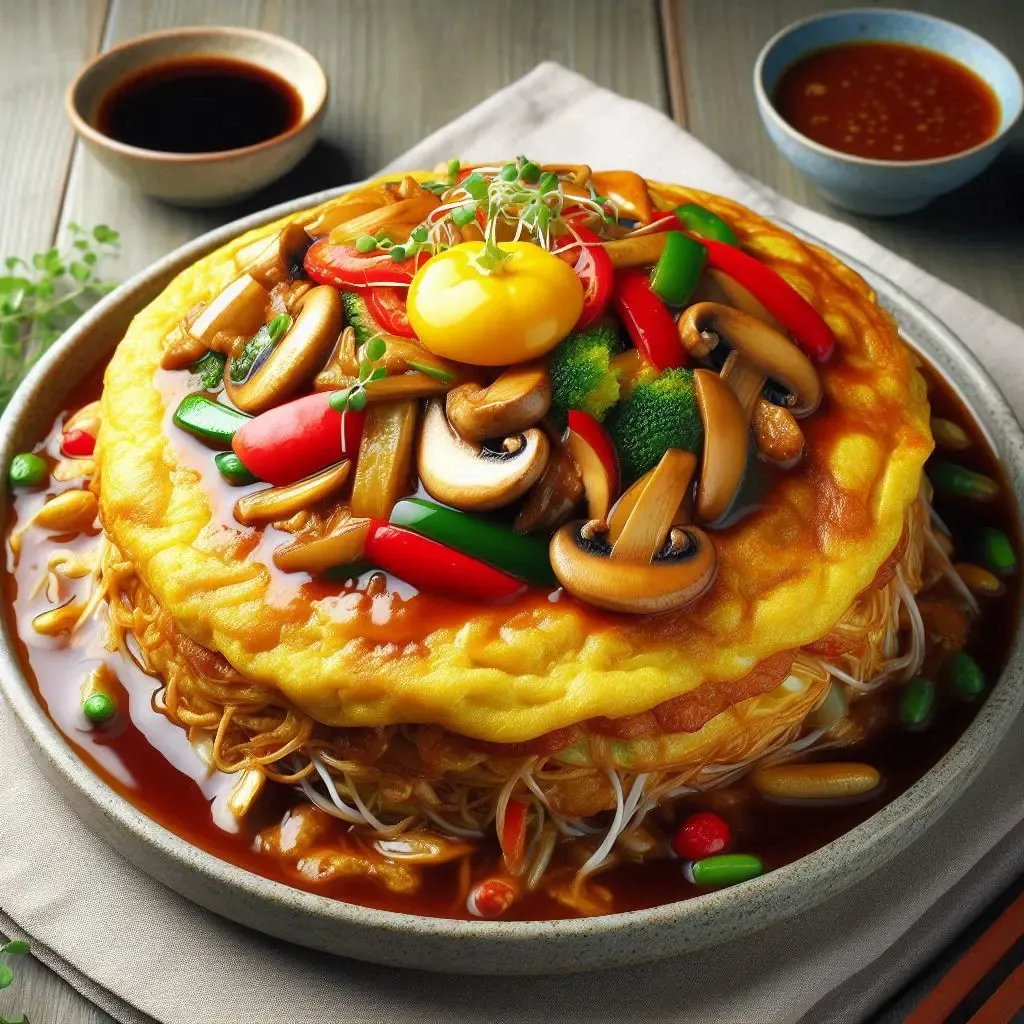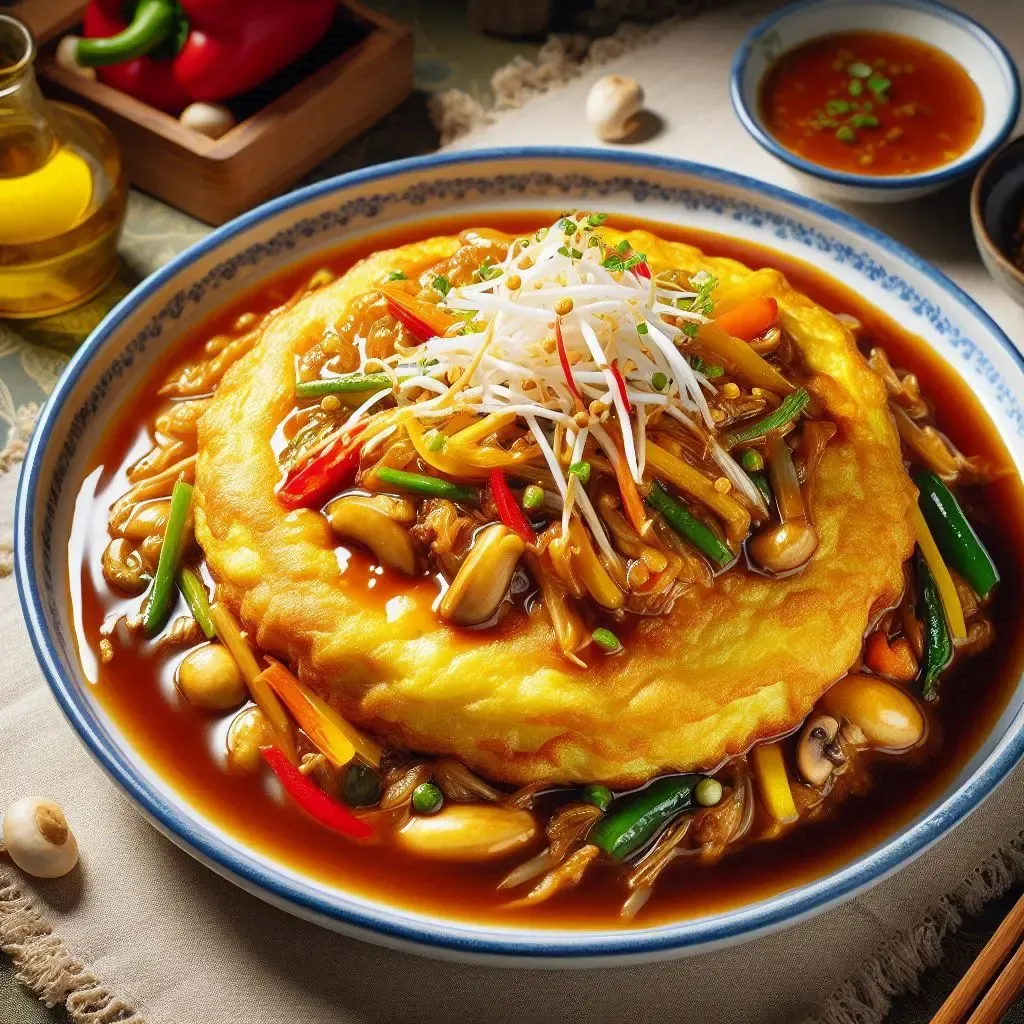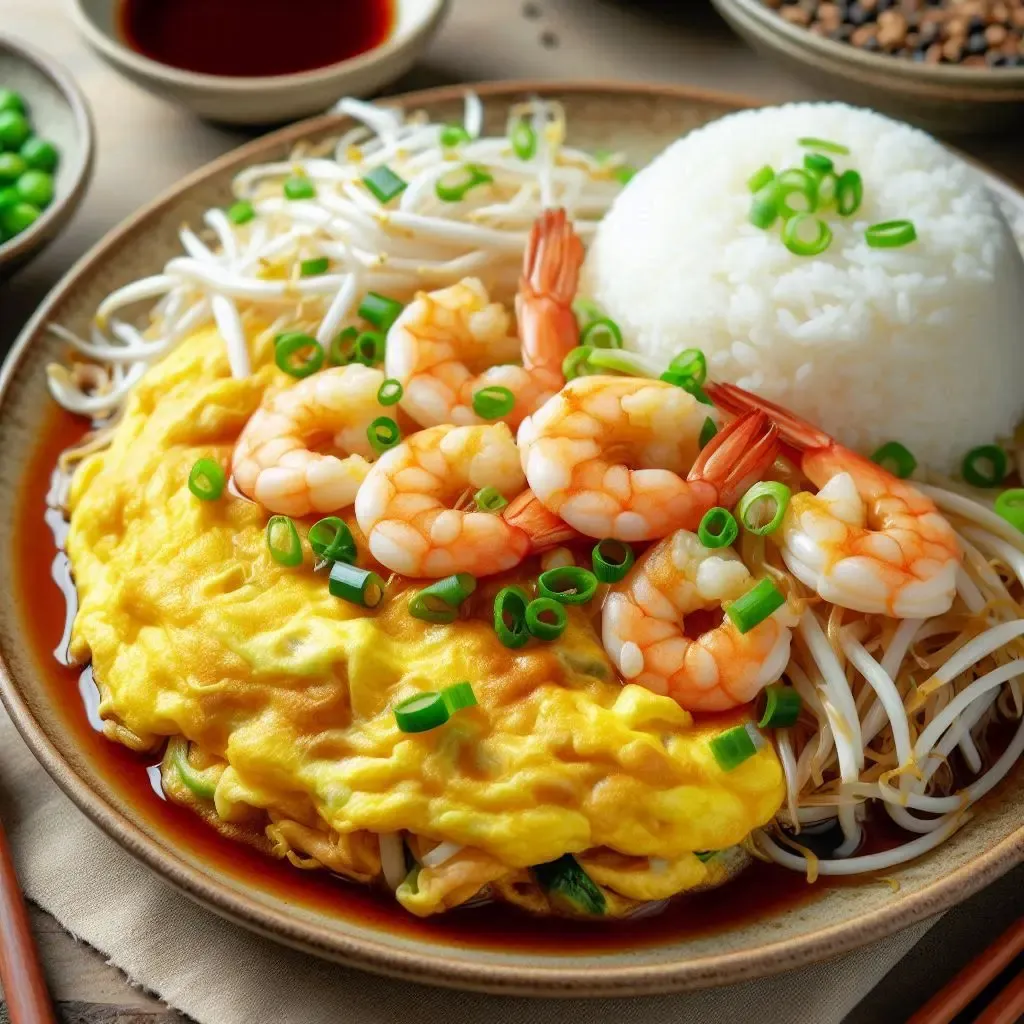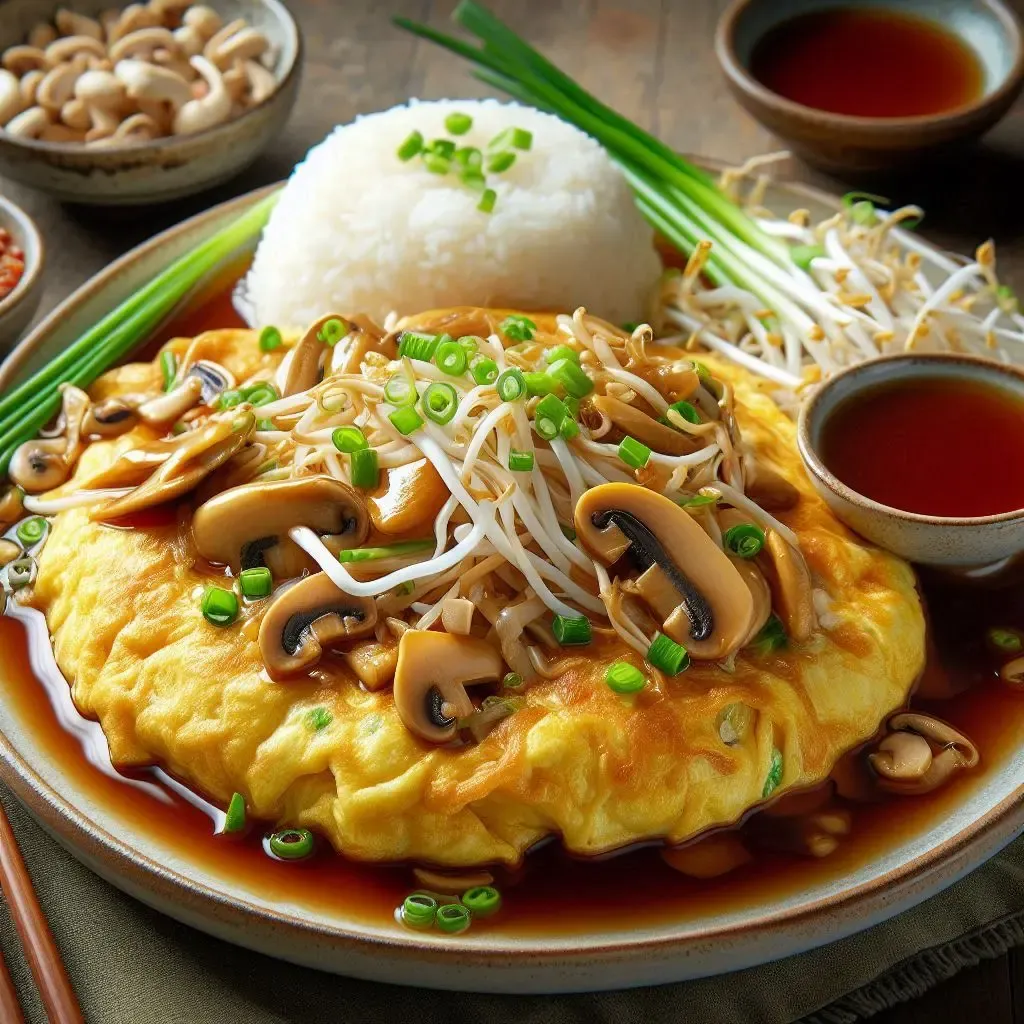
Table of Contents
An egg is often touted as a nutritional powerhouse, primarily because it is an excellent source of high-quality protein. Protein is an essential macronutrient that plays a crucial role in building and repairing tissues, making enzymes, hormones, and other body chemicals. It’s also a building block of bones, muscles, cartilage, skin, and blood.
Protein Content in an Egg
The protein content in an egg can vary slightly depending on its size. On average, a large egg, which weighs approximately 50 grams, contains about 6-7 grams of protein. Here’s a breakdown of the protein content in different parts of the egg:
- Egg White: The egg white, also known as the albumen, contains about 3.6 grams of protein. This is where the majority of the egg’s protein is concentrated. The egg white is low in calories and fat, making it a popular choice for those looking to increase protein intake without adding extra calories.
- Egg Yolk: The yolk, though smaller in volume, contains around 2.7 grams of protein. The yolk is also rich in essential fatty acids, vitamins (such as vitamin D, A, E, and K), and minerals like iron, phosphorus, and calcium. While it contains slightly less protein than the white, it’s packed with nutrients.
Biological Value of Egg Protein
The protein in eggs is of exceptionally high biological value. Biological value (BV) is a measure of how efficiently the body can utilize the protein consumed through food. Egg protein has a BV of 100, meaning it is utilized more efficiently by the body compared to other protein sources like meat, fish, or legumes. This makes eggs an ideal choice for those looking to enhance their protein intake.
Comparing Protein Content in Different Sizes of Eggs
Eggs come in different sizes, and the protein content scales accordingly. Here’s an approximate guide to the protein content based on egg size:
- Small Egg (38 grams): Approximately 4.9 grams of protein.
- Medium Egg (44 grams): Approximately 5.7 grams of protein.
- Large Egg (50 grams): Approximately 6.5 grams of protein.
- Extra-Large Egg (56 grams): Approximately 7.3 grams of protein.
- Jumbo Egg (63 grams): Approximately 8.2 grams of protein.
Daily Protein Requirements and Egg Consumption
The Recommended Dietary Allowance (RDA) for protein varies based on age, sex, and level of physical activity. On average, an adult male requires about 56 grams of protein per day, while an adult female requires about 46 grams. For individuals who are physically active, the protein requirement may be higher.
Including eggs in your diet can significantly contribute to meeting these protein requirements. For instance, consuming two large eggs would provide around 13 grams of protein, which is about 23% of the RDA for a female and 18% for a male.
Eggs in Different Dietary Patterns
Eggs are a versatile food and can be incorporated into various dietary patterns, whether you’re following a high-protein diet, a low-carb diet, or even a vegetarian diet (for those who consume eggs). Because of their high protein content and nutritional profile, eggs are a staple in many healthy eating plans.
- For Muscle Building: For those engaged in strength training or bodybuilding, eggs are a go-to source of protein. The high biological value of egg protein supports muscle repair and growth, making eggs a favored post-workout food.
- For Weight Management: Eggs are also beneficial for weight management. The protein in eggs contributes to satiety, helping to reduce overall calorie intake. Studies have shown that a breakfast high in protein, such as one including eggs, can help control appetite throughout the day.
- In Vegetarian Diets: For vegetarians who consume eggs (ovo-vegetarians), eggs are an excellent source of complete protein, providing all the essential amino acids the body needs.
Cooking Methods and Protein Content
The protein content of an egg remains relatively constant regardless of the cooking method. However, how you cook an egg can affect its digestibility and the bioavailability of its nutrients. Cooking eggs increases the digestibility of the protein, making it easier for the body to absorb. For instance, scrambled eggs or omelets may have slightly higher protein availability than a raw egg.
- Boiled or Poached: These methods retain most of the egg’s nutrients and are low in added fat.
- Scrambled: Scrambled eggs are easy to digest and provide readily available protein.
- Fried: While still high in protein, frying eggs can increase the fat content depending on the amount and type of oil used.
Considerations for Egg Consumption
While eggs are a great source of protein, some individuals may need to moderate their egg consumption due to cholesterol concerns. The yolk of an egg contains about 186 milligrams of cholesterol, which has led to debates about egg consumption and heart health. However, recent research suggests that for most people, dietary cholesterol has a minimal impact on blood cholesterol levels.



Conclusion
In summary, eggs are an excellent source of high-quality protein, with a large egg providing about 6-7 grams. They are a versatile and nutritious food that can fit into various dietary patterns and support overall health and wellness. Whether you’re looking to build muscle, manage your weight, or simply meet your daily protein needs, eggs are a valuable addition to your diet.
How to Make Chinese Dumplings (5 Steps) – love a happy home (loveahh.com)


